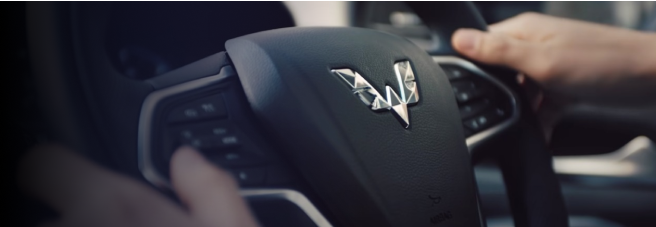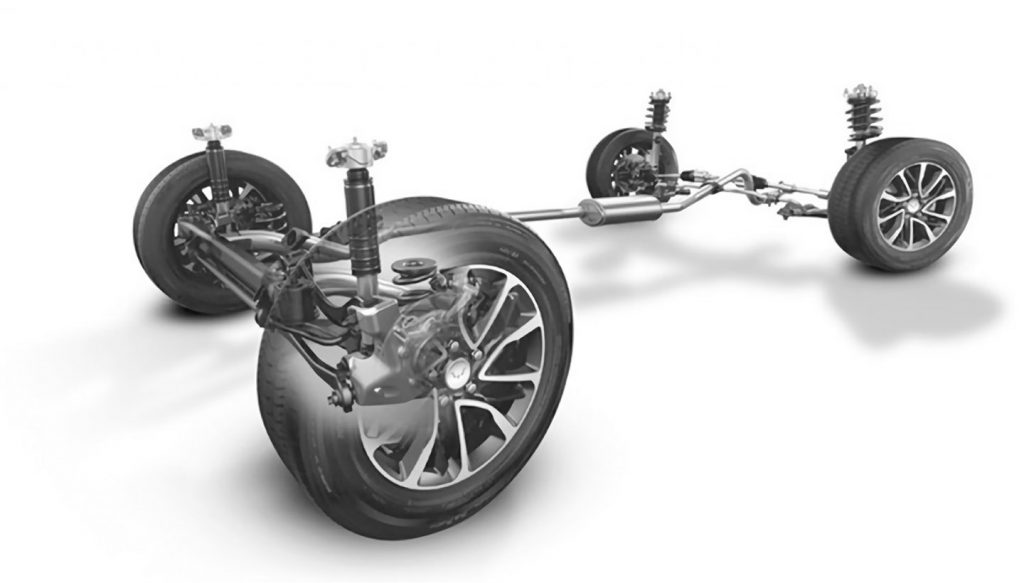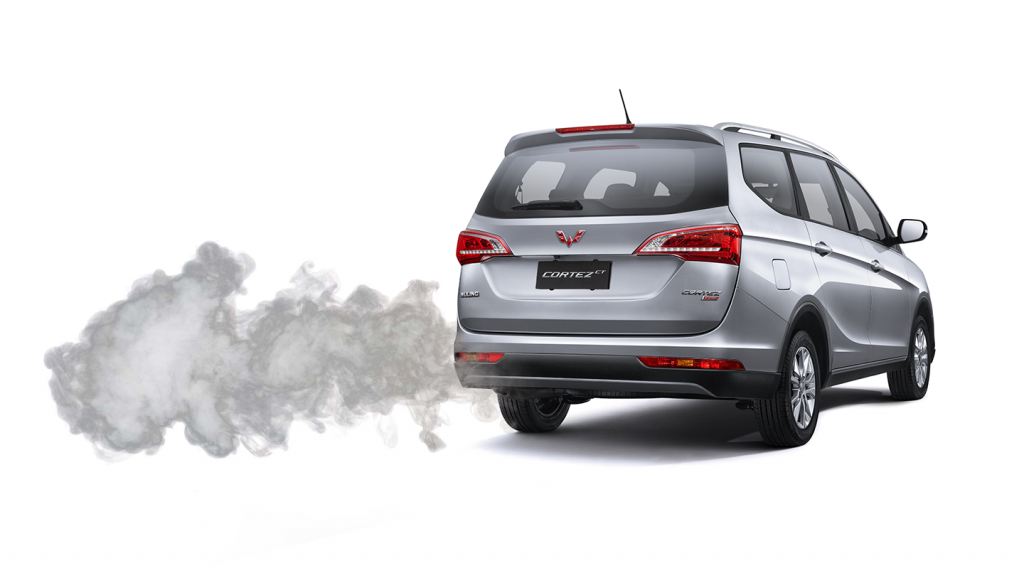Car Timing Belt: What Are the Functions and How to Maintain It?

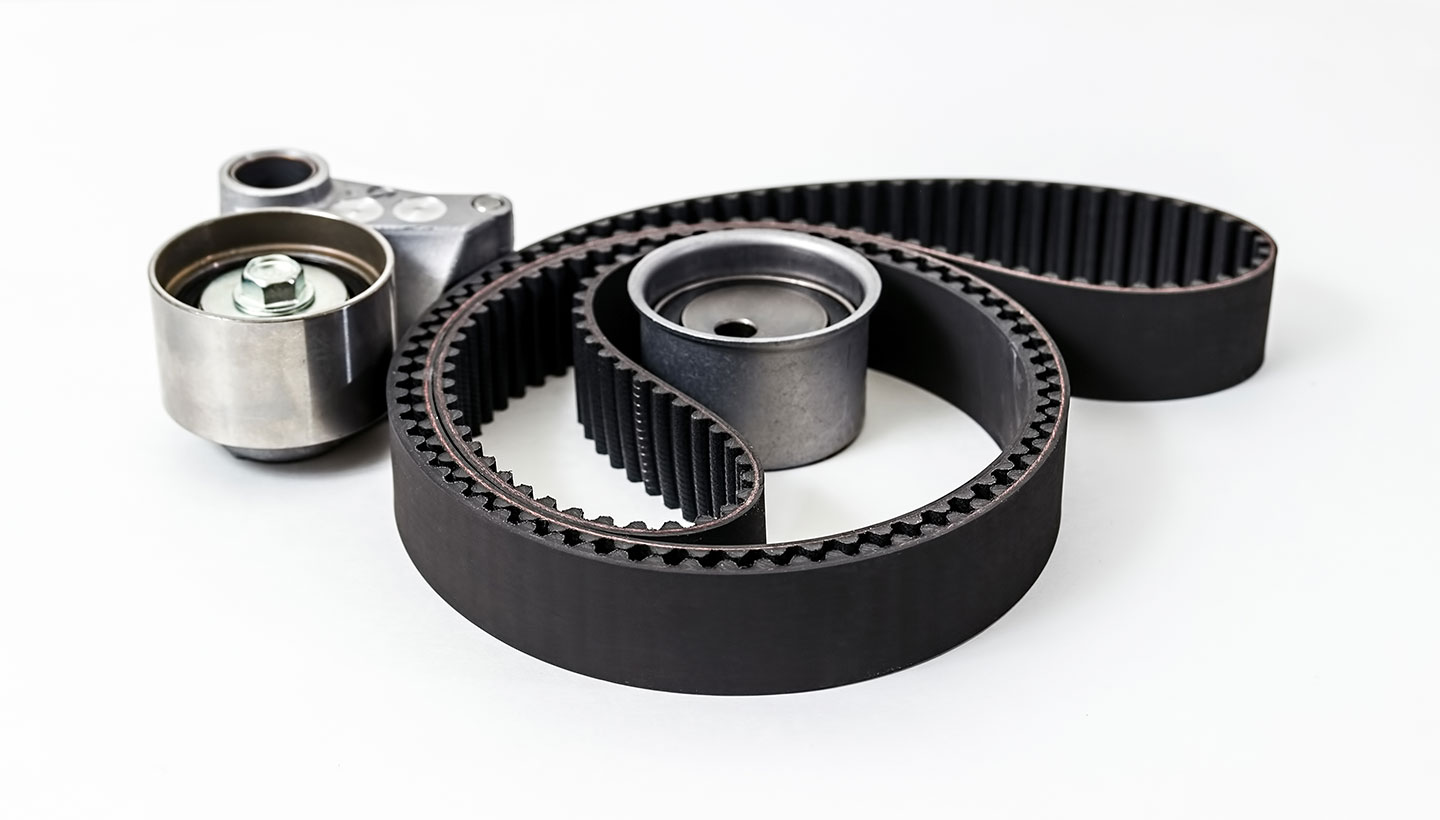
For those of you who like the automotive world, you must be familiar with timing belts. This is an important component of a car engine. This component must always be ensured in good condition so that the car's performance can be optimal.
If you don't know, the timing belt is one of the main and important components in a vehicle engine. Its existence is located in the engine room which has a shape like a jagged belt made of rubber.
The timing belt or often referred to as the timing chain has a very crucial function so it must be cared for properly. If this component is damaged, it can be fatal, including creating the risk of the car being completely dead.
For more details about what the timing belt functions, how to take care of it and what are the signs of damage to these components, let's see the full description below.
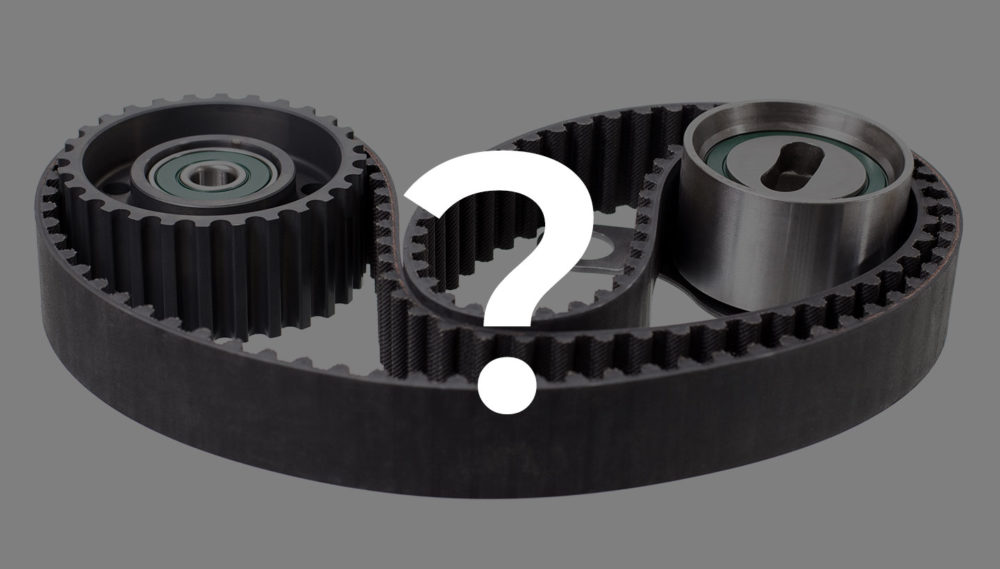
Car Timing Belt Function
As the name suggests, the main function of the timing belt is as a timer that is useful for regulating the working time of the car engine. In addition to its main function, there are many other important functions of this timing belt component, including:
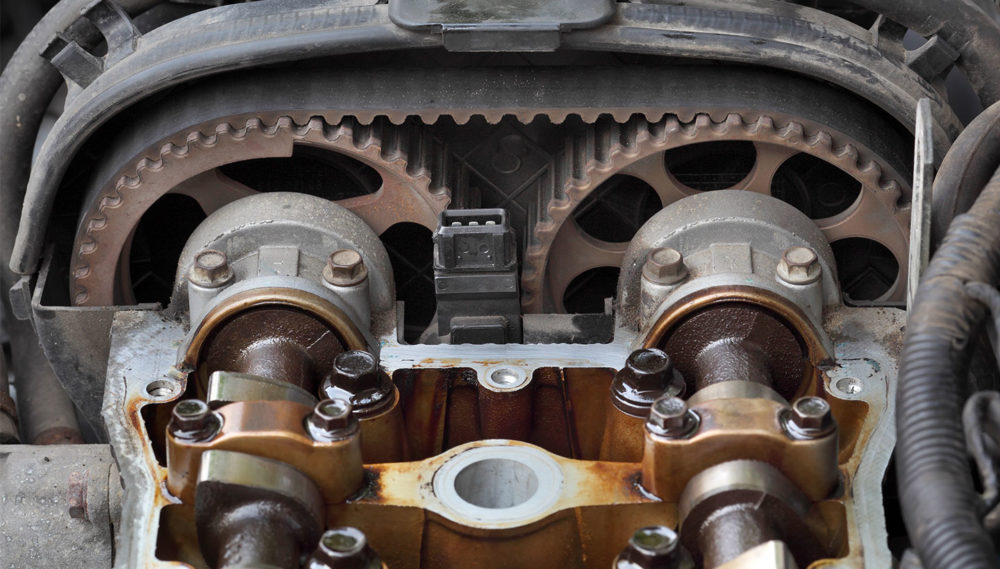
1. Camshaft Drive
The first function of the timing belt is to move the camshaft or better known as the noken as. When the car engine is turned on, the camshaft will rotate in a regular rotational motion so that it can work to open and and close valves.
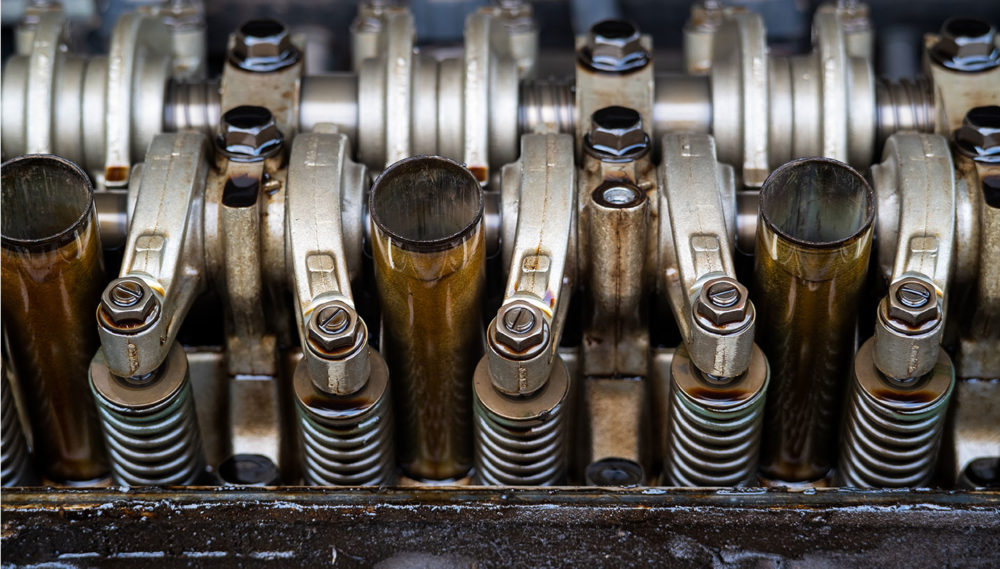
2. Automatically Open and Close Engine Valve
Baca Juga
The next function of the timing belt component is to open and close the engine valve automatically. This is because the timing belt is connected directly to the intake and exhaust valves on the camshaft. With the timing belt, it will make the camshaft move with a normal time more easily which can then move the valve normally and constantly.
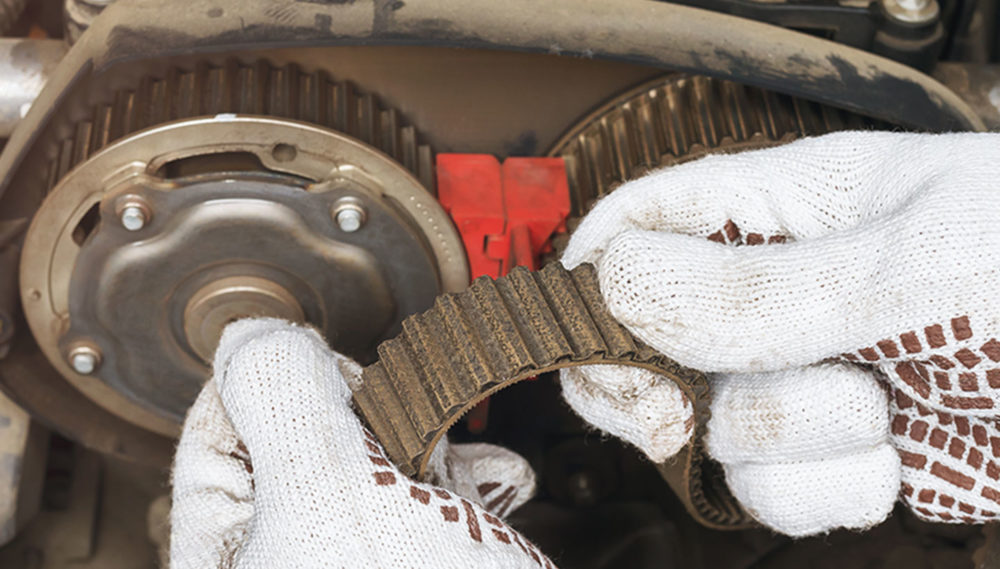
How to Maintain Car Timing Belt
The timing belt is one of the important components in the vehicle engine which greatly affects the performance of the vehicle. If this component experiences problems or is damaged, it will affect the overall engine performance and cause the car to die completely.
Well, to make sure the timing belt of the car is always in good condition, it is necessary to take proper care. These components need to receive regular maintenance that is adjusted to their age of use.
It is recommended that the timing belt be replaced if the use of the vehicle's engine has reached 50,000 to 80,000 km. When replacing the timing belt, don't forget to replace the tensioner at once because it is a complementary component that has a vital function in determining the performance of the timing belt.
In carrying out the maintenance process, it's a good idea to pay attention to the disassembly and installation process. You must ensure that you can reassemble the timing belt components according to the marking points specified by the car manufacturer.
Improper installation of the timing belt can cause the valves and pistons to collide. This condition can cause damage so severe that the car needs to get off the engine.
Not only that, the installation of a timing belt that is too tight or too loose can actually result in breaking up to jump gears which causes noises in the engine. To avoid this risk, the installation of the timing belt must be ensured with the right tension so that these components can work optimally.
Timing belt maintenance should be carried out regularly in an experienced repair shop. The reason is, the location of this component is quite hidden and difficult to reach. This method is also to minimize timing belt installation errors which can actually cause damage to the car engine.
Baca Juga
The timing belt needs to be replaced if it shows signs of physical damage such as feeling brittle, the surface is cracked and the teeth are worn. If you are forced to keep using it, the performance of this component will not be optimal.
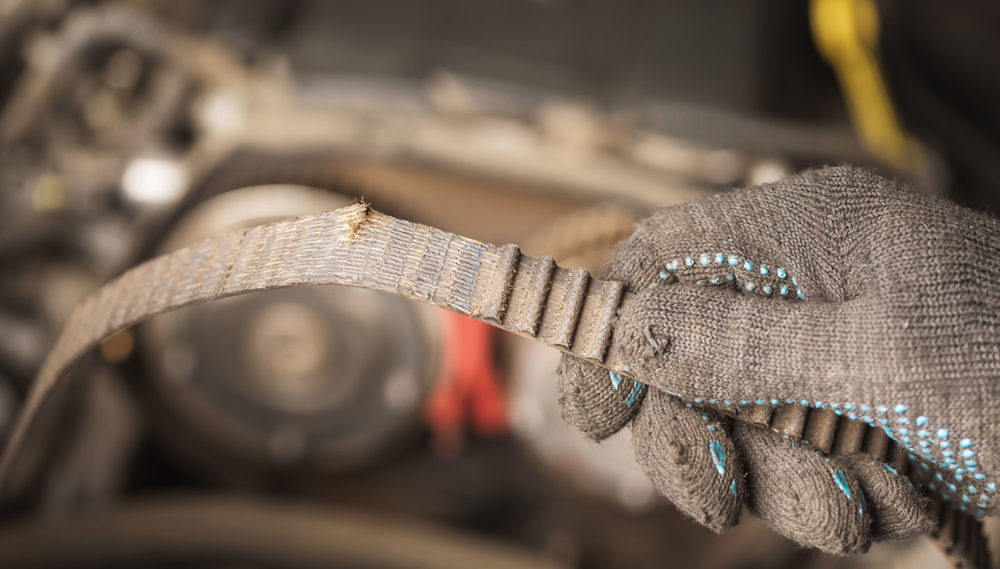
Signs of Timing Belt Damage to Watch Out for
As explained above, a timing belt has a vital function in a vehicle engine. Therefore, vehicle owners must be able to ensure these components are always in good condition so that the car's performance is more optimal.
In addition to knowing how to properly care for the timing belt, you also need to know the signs if there is damage to the component. This is to avoid the risk of serious damage to the machine that can endanger the driver.
Here are some signs of damage to the timing belt that you need to know:
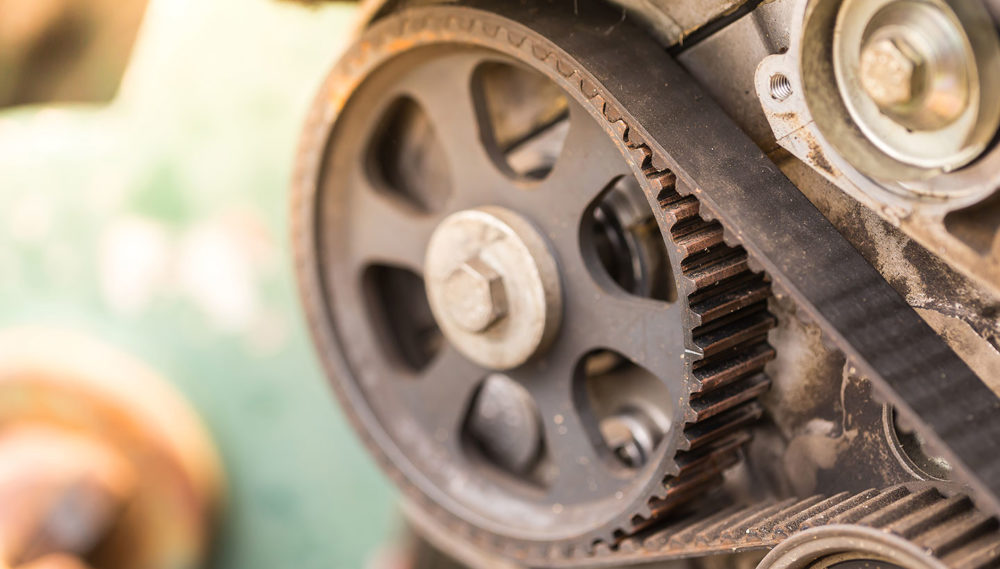
1. Abnormal Engine Sound
One of the easiest signs to spot if there is damage to the timing belt is abnormal engine noise. This condition is usually caused because the timing belt and its supporting components are worn out.
Timing belt wear is usually caused by a lack of lubricant that makes the camshaft unable to rotate properly. As a result, the timing belt becomes loose, making the engine sound abnormal.
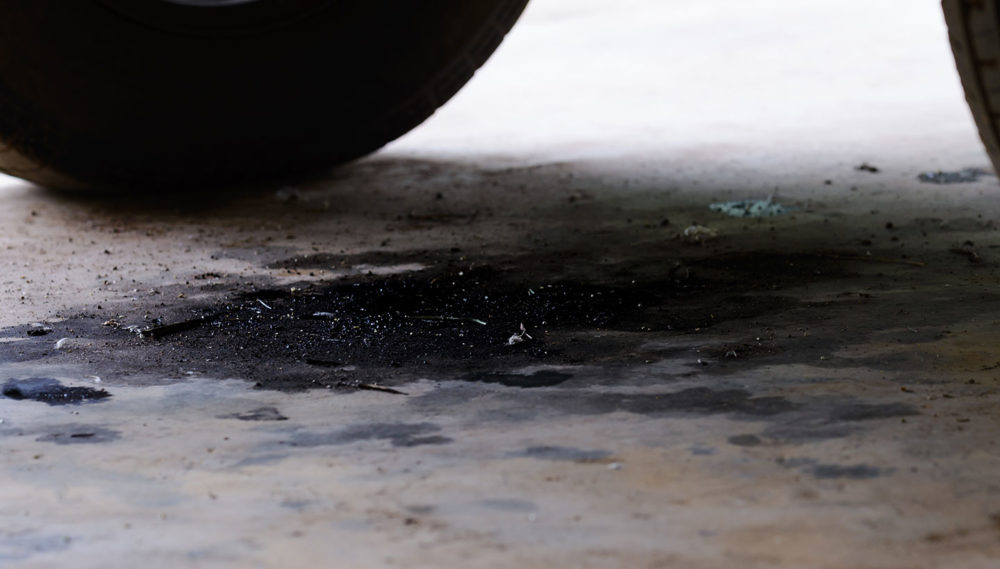
2. Oil Leak
The next sign of damage to the timing belt is a leak in the oil. This leak prevents the timing belt from getting enough lubrication. The result is that the camshaft cannot rotate optimally, thus disrupting the performance of the timing belt.
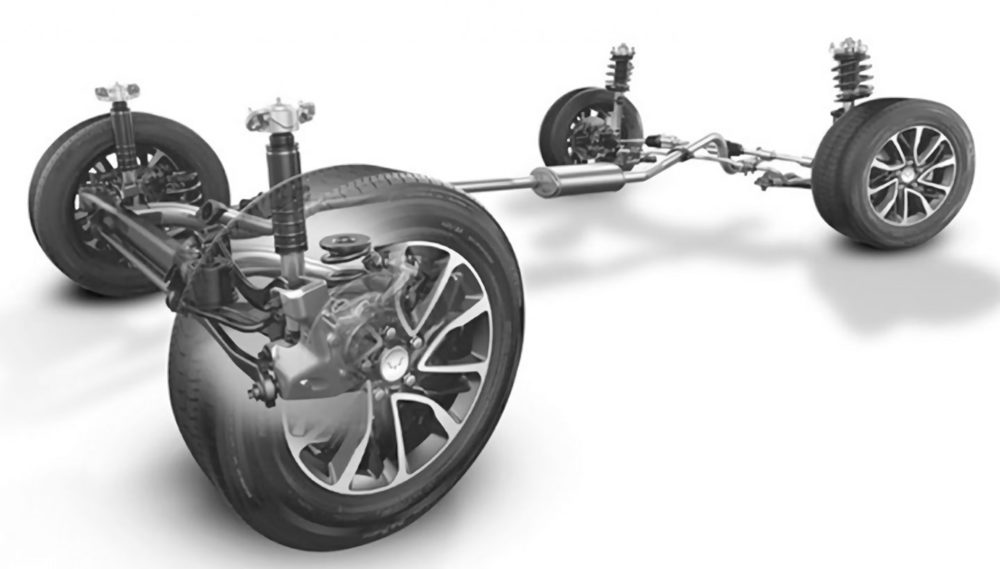
3. Engine Spring Feels Rigid
If you feel your car's shift springs feel stiffer and heavier than usual, this could be a sign of damage to the timing belt. This condition usually occurs because the timing belt is worn.
A worn timing belt greatly affects the engine timing which becomes imprecise, including changing the car's gears. This condition also causes the performance of the piston to be hampered so that the spring becomes stiffer.
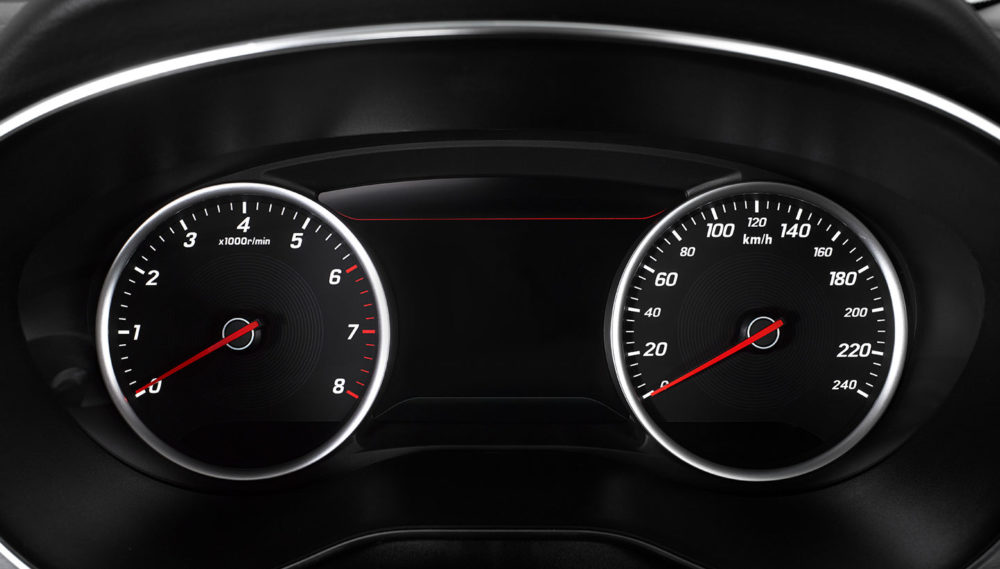
4. Totally Dead Car Engine
The most serious sign of damage to the timing belt is the car broke down or the car engine died completely. This damage is usually asymptomatic or occurs suddenly.
To anticipate conditions like this, it is highly recommended to carry out regular maintenance. This is important to ensure that the timing belt is always in good condition so you don't have to experience a total engine shutdown.
In addition to some of the things above, you can also pay attention to the damaged timing belt from its physical characteristics. Some of them are:
- Timing belt feels brittle when held
- Timing belt starting to loosen
- Timing belt looks thin
- Cracks on the rear surface of the timing belt
- Timing belt teeth are worn and missing in some parts
To make the vehicle's engine work optimally, you need to make sure all engine components are in good condition, including the timing belt. This component has a function that is quite vital so you have to make sure it is always in good condition. One way is that you have to do regular maintenance and make sure there are no signs of damage to these components.
SHARE:











